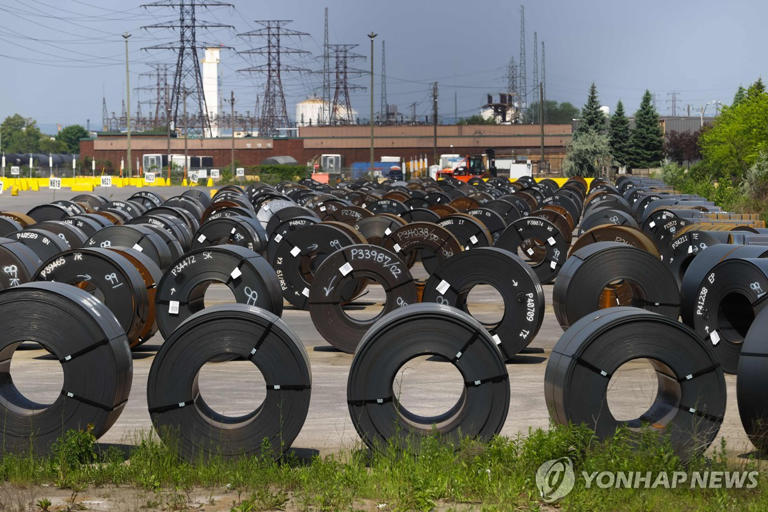
The administration of U.S. President Donald Trump has quietly expanded the list of aluminum and steel products subject to a 50% tariff. Over 400 additional items containing aluminum or steel were added to the list, which took effect on Monday, August 18.
The updated list now includes fire extinguishers, machinery, construction materials, wind turbines, mobile cranes, household appliances, bulldozers, railcars, motorcycles, marine engines, furniture, and hundreds of other products that contain aluminum or steel.
“Basically, if an automotive part, chemical, plastic, or interior component is shiny, metallic, or in any way connected to steel or aluminum, it’s likely now included,” said Brian Baldwin, Vice President of Customs at Kuehne + Nagel International AG, in a LinkedIn post. “This is not just a new tariff policy, but a strategic shift in how the Trump administration manages derivative products made from steel and aluminum.”
According to a U.S. Department of Commerce announcement on August 19, the 50% tariff will apply to 407 newly listed items.
“This decision expands the scope of tariffs on aluminum and steel, prevents circumvention, and ensures the continued recovery of America’s aluminum and steel industries,” said Jeffrey Kessler, Assistant Secretary for Industry and Security at the Commerce Department, in a statement.
The Commerce Department’s official press release links to a list of products written in 10-digit Harmonized Tariff Schedule (HTS) codes rather than product names. For example, fire extinguishers are labeled as “8424.10.0000”—just one of hundreds of new codes included.
These codes indicate newly taxed items also include components for automotive exhaust systems and electrical steel used in electric vehicles. Other affected products are parts for buses, air conditioners, and household appliances like refrigerators, freezers, and clothes dryers.
The use of tariff codes instead of product names makes it difficult for businesses to fully understand which items are affected. However, analysts warn the impact could be significant.
“Based on 2024 import values, my calculations show that tariffs on steel and aluminum now affect at least $320 billion worth of imported goods,” wrote Jason Miller, a supply chain management professor at Michigan State University, on LinkedIn.
This is a substantial increase from his previous estimate of around $190 billion.
“This latest move by the administration will further increase costs at a time when domestic producers are already facing high input prices, as reflected in the July producer price index,” Miller added.
Earlier in June, President Trump doubled tariffs on imported aluminum and steel from most countries to 50%, a move that caused concern among businesses and key trading partners.
Regarding the addition of new products to the 50% tariff list, the White House stated the decision should not come as a surprise.
“President Trump called for the development of a process to include aluminum and steel products in the new tariff structure back in February,” said White House spokesperson Kush Desai in an August 19 statement. “The Bureau of Industry and Security developed the process in April, and domestic companies began submitting requests to include new products by mid-May. So for months now, the identification of new derivative products has been clearly underway.”
Source: vneconomy.vn




